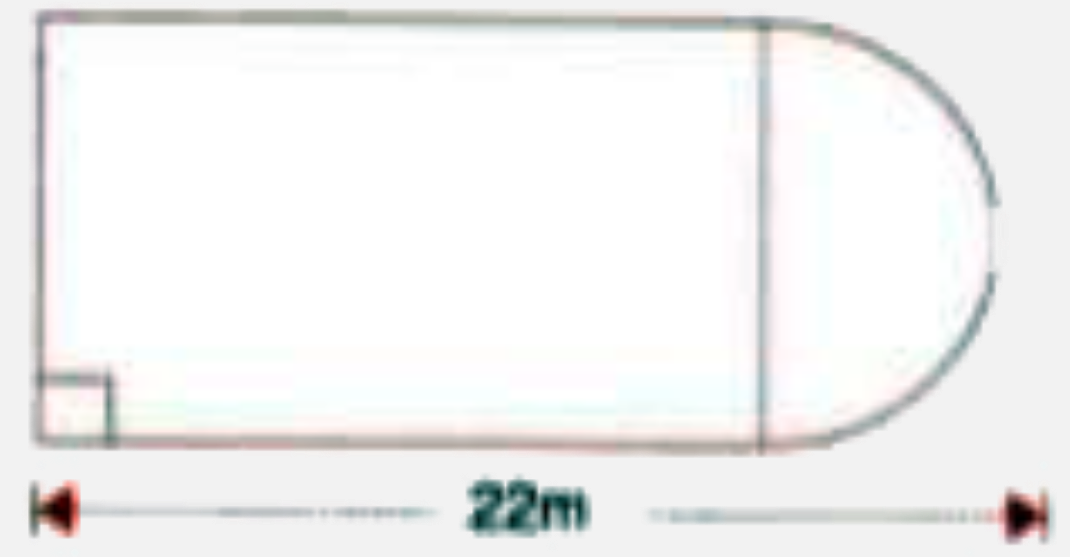While constructing buildings and bridges a pillar with distributed ends is preferred to a pillar with rounded ends. Why?
Step-by-Step Solution:
1. Understanding Pillar Design: In construction, pillars or columns are crucial structural elements that support loads. The design of these pillars can greatly affect their load-bearing capacity.
2. Types of Pillar Ends: There are two common types of pillar ends: rounded ends and distributed (or flat) ends. The shape of the ends influences how the load is transferred from the pillar to the structure it supports.
3. Load Distribution: A pillar with rounded ends tends to concentrate the load at a smaller area. This can lead to higher stress at the point of contact, which may result in failure or deformation under heavy loads.
4. Advantages of Distributed Ends: In contrast, a pillar with distributed ends spreads the load over a larger area. This reduces the stress on any single point and allows the pillar to support more weight without failing.
5. Practical Application: In the construction of buildings and bridges, where safety and stability are paramount, using pillars with distributed ends is preferred. This design minimizes the risk of structural failure and enhances the overall integrity of the building or bridge.
6. Conclusion: Therefore, the preference for pillars with distributed ends over those with rounded ends is based on their superior ability to handle loads more effectively, ensuring safer and more durable structures.
---
Similar Questions
Muscle fibres having rounded ends are
View SolutionThere are two indetical capacitor , the first one is uncharged and filled with dielectric of constant K while the other one is charged to potential v having air between its plates, if two capacitors are joined end to end, the common potential will be
View Solution
Knowledge Check
- Question 1 - Select One
Humerus with its rounded upper end (head) articulates into
Aacromion processBdeltoid cavityCglenoid cavityDacetabulum.
A platoon of soldiers marches on a road in steps accoridng to the sound of a marching band The band iS stopPed and the soldiers are ordered to break the steps while crossing the bridge. Why?
View SolutionSome indian scientists tried to use a metal x for electroplating iron pillar in mehrauli but they ended up with Ecell of the reaction to be negative they concluded that
View SolutionAnswer the following :
(a) Why are the connections between the resistors in a meter bridge made of thick copper strips?
(b) Why is it generally preferred to obtain the balance point in the middle of the meter bridge wire?View SolutionIn the following diagram a rectangular platform with a semi-circular end on one side is 22 metres long from one end to the other end. If the length of the half circumference is 11 metres, find the cost of constructing the platform, 1.5 metres high at the rate of Rs 4 per cubic metres.
 View Solution
View Solution"When one person hammers at one end of a metal pipe, ifa listener places his ear at the other end of the pipe, two distinct sounds are heard." Why?.
View SolutionThe girder of a railway bridge is a parabola with its vertex at the highest point, 10 metres above the ends. If the span is 100 metres, find its height at 20 metres from the midpoint.
View SolutionA uniform rod OA of length l, resting on smooth surface is slightly distributed from its vertical position P is a point on the rod whose locus is a circle during the subsequent motion of the rod, then the distance OP is equal to 'l/4'. In the above question, the velocity of end O when end A hits the gournd is
View Solution

